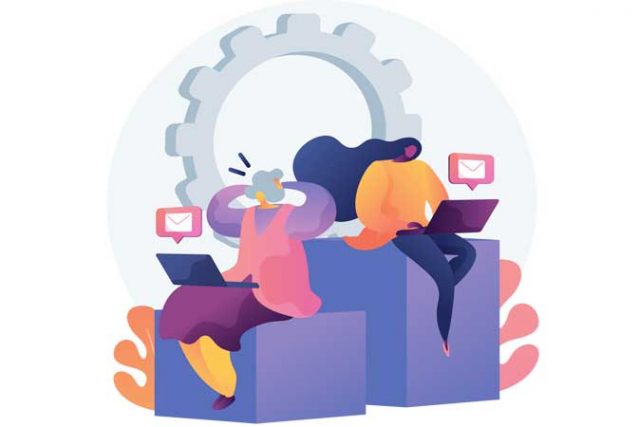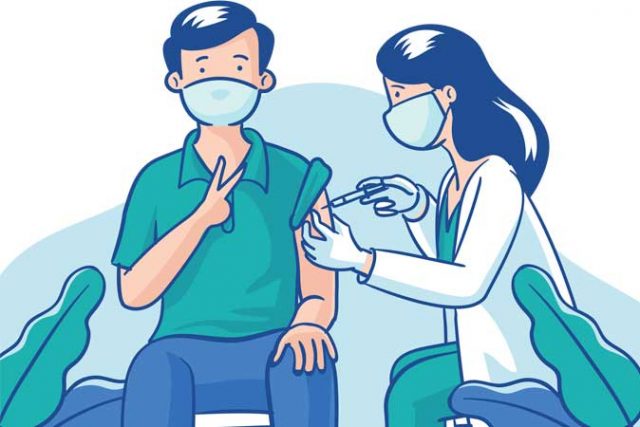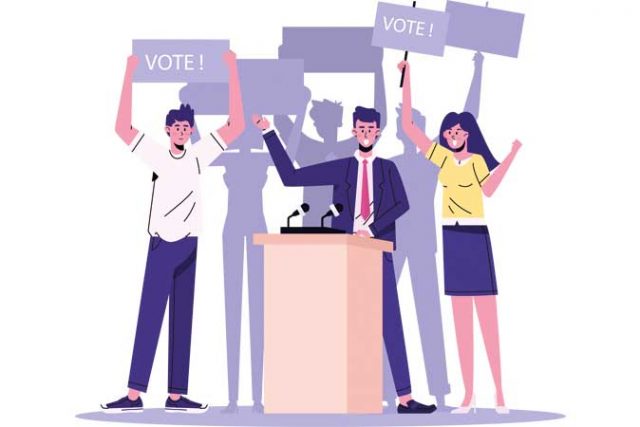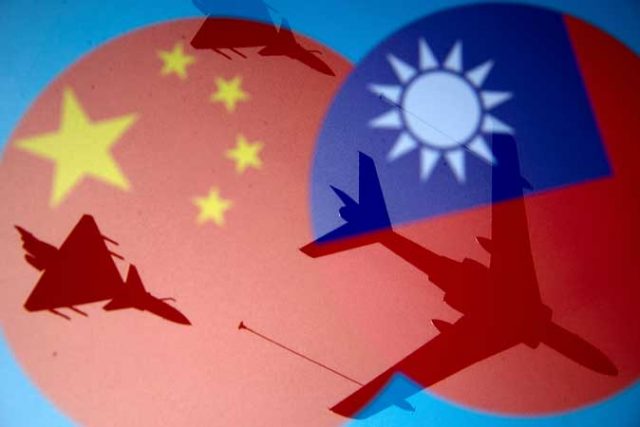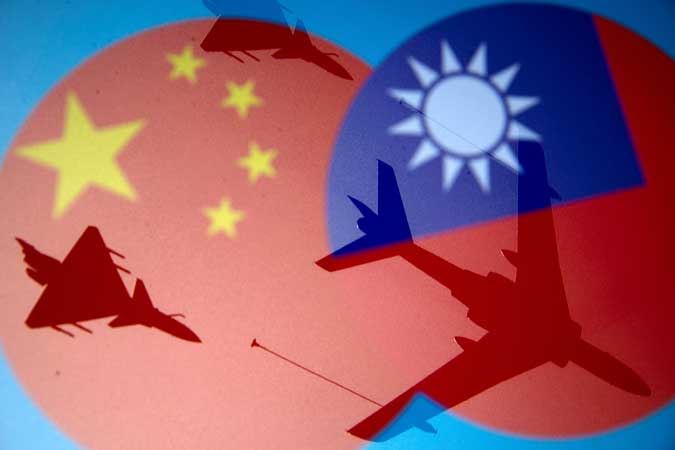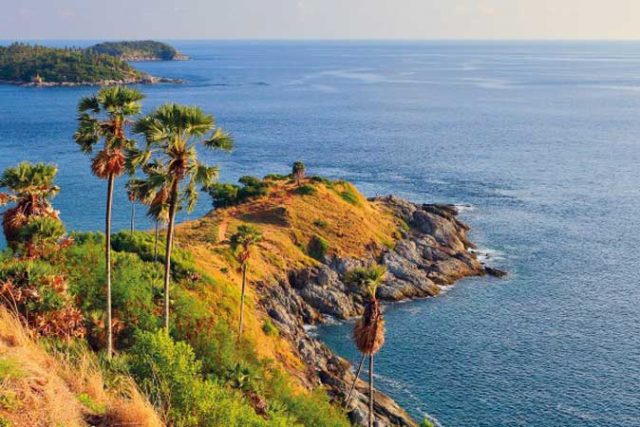So much has changed in the world in the last 18 months, particularly in the way technology has found its way in many everyday things. But, moving forward, given current trends, it may no longer be enough for one to simply know how to use technology. One may also have to start adopting a Digital Mindset.
In short, one’s attitude and behavior towards technology may also have to change. Digital Technology is no longer just a tool to get things done. It may be also viewed as a means to achieving the “impossible.” In it lies the power to foresee and appreciate potential and possibilities, and to imagine a future where current impossibilities become realities.
After the world survived the destructive force that was World War II, who would have thought that 70 years on people’s daily lives would be so influenced and affected by computers and artificial intelligence; telephones would be “mobile,” or customers would buy things without a “store,” or cars would run on electricity, or “money” would not have to be in paper or in coins.
Back in the day, if one wanted to produce and sell a book, then the author would need an editor and publisher, a book designer, a printer and a binder, a distributor, and then book stores. Reach was limited by the number of books printed, and the number of stores that sold them. And to distribute globally would be an expensive logistical nightmare.
Nowadays, however, “content producers” are no longer limited by logistical concerns. One can opt to author a book, self-publish it into digital copies, and then distribute PDF versions via e-mail and online stores. No paper, no printing, no binding, no packing, no trucking to stores, no displays on shelves, and no more people buying at bookstores and carrying around books.
The digital version of the book, or e-book, can be downloaded to one’s mobile phone. It could be bought online and paid for using e-money. No physical book or money will need to change hands. A shorter, perhaps cheaper, process that takes into account the three things that most people carry around every day: wallets, keys, and phones.
In the last 18 months, I have not had to use much cash and made only a few trips to the bank or ATMs. Many purchases were made online, and paid with e-wallets or an e-credit card. Stores purchases were made with regular credit cards, while even drive-through purchases were paid with some form of electronic money. Even tollway payments were made electronically through RFIDs. Most bills are delivered electronically, and most bills payments are done electronically as well.
Also, I used to buy a lot of pre-owned books, and a few new ones once in a while. But this has not been the case of late. I have not bought a book for over 18 months now, as I have not stepped into a bookstore since the pandemic started. Moreover, books take up a lot of shelf space in a tiny home. So, I have actually started giving away a lot of them. And I have not had to buy much printing paper as well.
I keep more files electronically now than maybe 15 years ago, when I had mountains of files laying around all over the place. I also do most of my reading on screen now. Either a laptop, a tablet, or a mobile phone is always on hand. Not a healthy habit, really. Electronic-based reading, for work or leisure, can take its toll on the eyes and hands and arms, not to mention the neck, shoulders, and back. Hours in front of the computer can be physically tiring as well.
My household has also spent a small fortune since March 2020 on better connectivity and digital systems that included laptops, tablets, mobile devices, routers, LAN cables, and a Network Attached Storage to serve as a data server at home. With parents working at home and children doing school from home, productivity and efficiency required an updated digital infrastructure.
Parents nowadays have to contend less with school books and supplies, and preparing lunches, and more with handling device failures, computer glitches, and poor internet connection. Parents also need to learn along with their children how to use new software applications that are needed for schoolwork.
With Work-From-Home and School-From-Home, and given the health protocol limits to calling service technicians into one’s home, a parent is also forced to be tech-proficient in one way or the other when trouble arises. Add to that some minor carpentry, plumbing, and electrical work in addition to regular cleaning and laundry at home. Thankfully, cooking can still be outsourced through take-out and food delivery.
As Digital Technology now find its way in most everything people do, it is pointless to resist its pervasiveness. Just a matter of time for a Digital Life to become truly a way of life for most. Computers and electronic devices were expensive luxuries in the 1970s and 1980s, as mobile phones were in the 1990s. But now, they are all everyday devices for work and leisure. Children born in the last 10 years are mostly Digital Natives.
Of course, catch-up remains an issue. The Digital Divide is wide, with the have-nots falling behind. In this line, digital technology should be made accessible to all, initially as a matter of policy. Legislation and regulation can then be calibrated to promote awareness and access. But for those with the access and the resources, no matter how few they are, it is also time to step up.
And this brings me to the point that environment, situation, and circumstance — and not just choice — can prompt people towards adopting a Digital Mindset. One must start looking beyond what digital technology currently does, and begin realizing what else it can do in the future. And this means investing time, effort, and resources to better appreciate its value and contribution to achieving unrealized potential and new possibilities.
Marvin Tort is a former managing editor of BusinessWorld, and a former chairman of the Philippine Press Council
matort@yahoo.com




